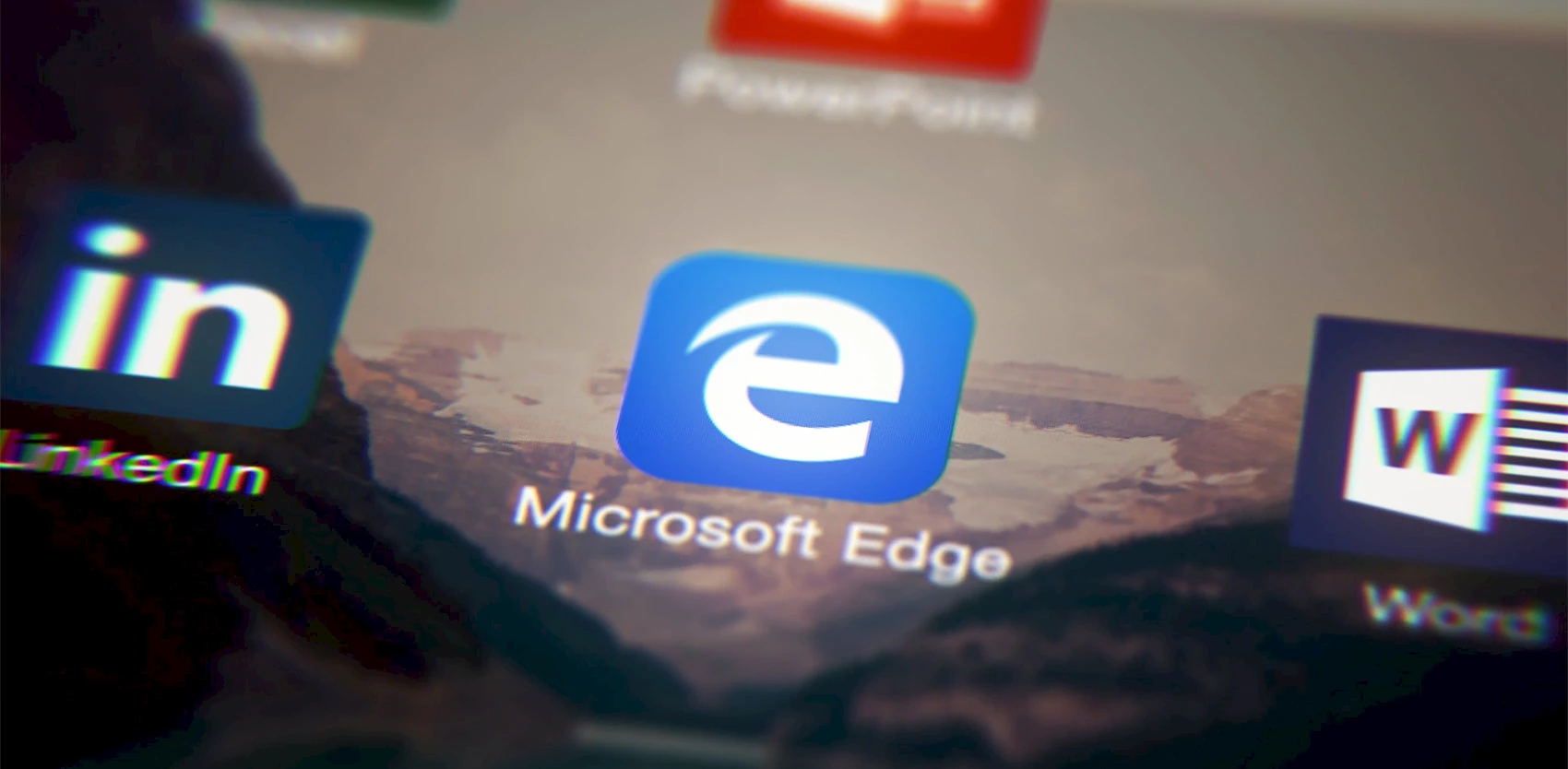Edge switches to Chromium
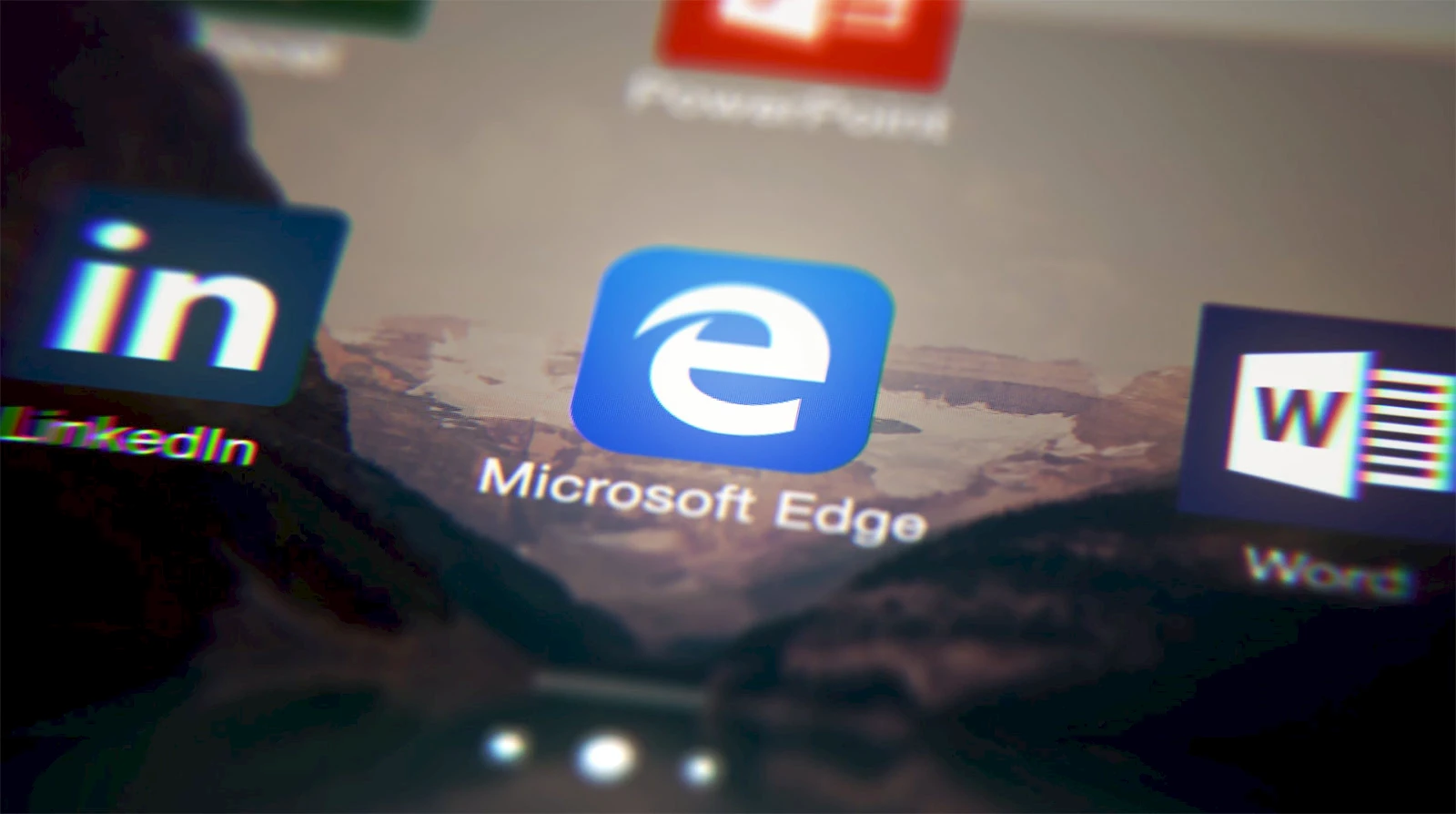
Edge. © Microsoft.
Microsoft will replace its current Edge browser, which uses its own EdgeHTML rendering engine, and Chakra JavaScript engine, with a new browser based on Chromium (a Blink rendering engine and V8 JavaScript engine). For now, the new browser’s code name is Anaheim, after a town in L.A.’s suburbs.
Since its launch with Windows 10, Edge has never been able to capture a 5% market share of web browsers. The software had a sluggish start with early iterations that were unstable, functionally crude, and it’s too closely coupled with the operating system. Despite later improvements, Edge never caught on. Microsoft made a last desperate attempt to hang on to its users. Some wryly described Edge as “the utility with which to install Chrome.”
With this last gasp, Microsoft pulls the plug on a technology that never won over its audience and was costing too much time and money. The choice of Chromium over Edge will also greatly simplify things such as bringing out Edge for Windows 7 and for macOS.
⇨ Ars Technica, “Edge dies a death of a thousand cuts as Microsoft switches to Chromium.”
Snapdragon 855
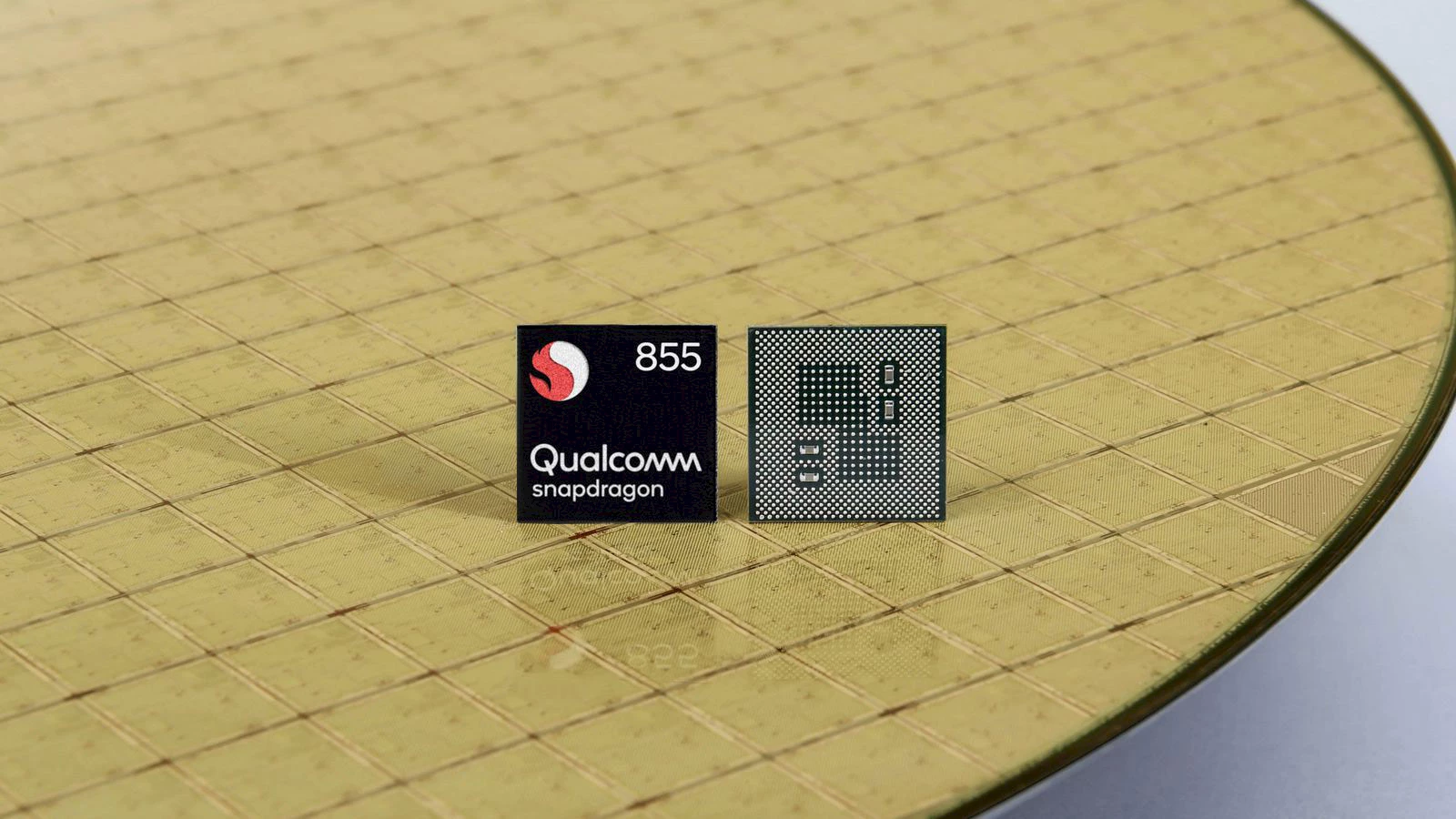
Snapdragon 855. © Qualcomm.
Qualcomm officially unveiled its new Snapdragon 855 SoC. It will ship with the next generation of top-of-the-line Android phones, most likely starting with the Samsung Galaxy S10. As with Apple’s A12, its 7 nanometer process will make the processor more energy efficient compared to the previous 10 nm. According to Qualcomm, the Kryo 485 CPU’s eight cores, which are set up for 2,84 GHz, will bring a 45 percent performance increase. The Adreno 640 GPU replaces the 630 and will offer 20 percent more graphics performance. This new Snapdragon doesn’t incorporate 5G functionality, but a separate add, the Snapdragon X50 modem, will enable 5G support for those phones that need it. On the other hand, the built-in X24 modem is compatible with the new Wi-Fi 6 standard. As for cameras, the system is shifting from JPEG to HEIF for its image format. Apple already made this transition two years ago, and Android 9 Pie added system level support for HEIF.
⇨ The Verge, “Qualcomm’s Snapdragon 855 promises big improvements to AI, performance, and connectivity.”
Captioning in a Skype world
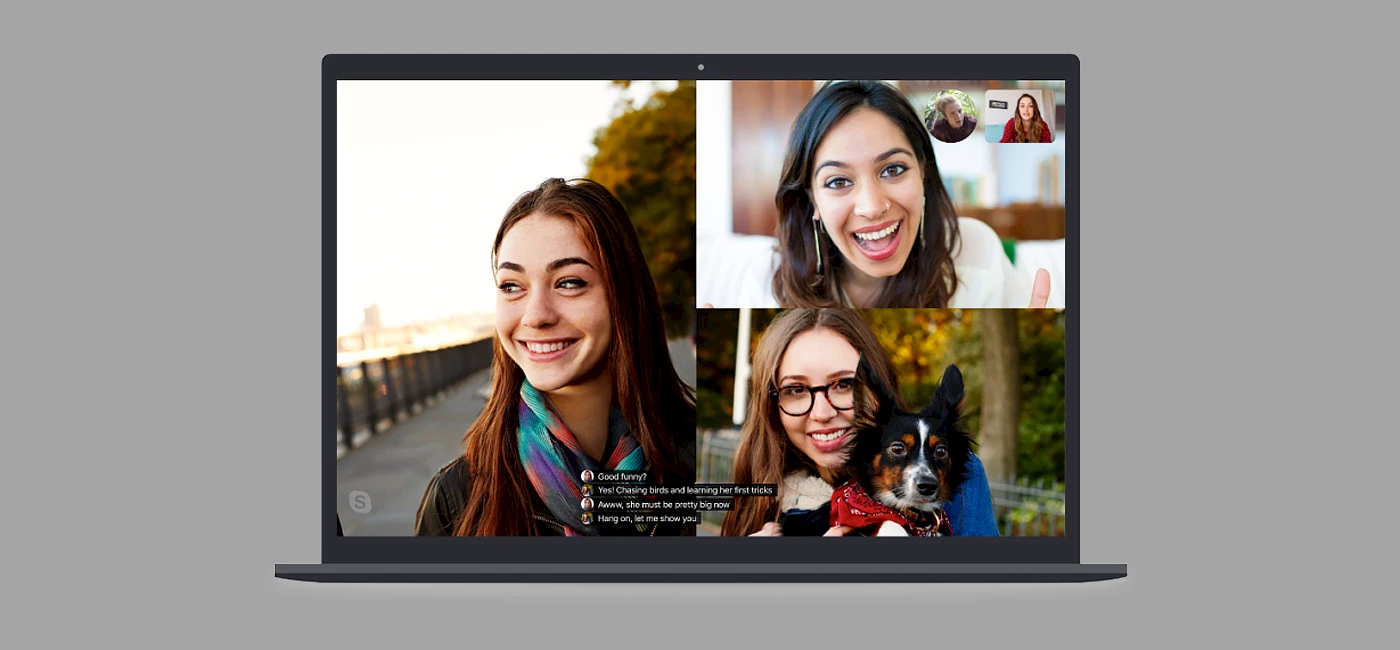
Skype. © Microsoft.
On December 3, International Day of Persons with Disabilities, Microsoft announced that Skype will now offer automatic call captioning with live captions & subtitles. The live feature provides a more inclusive experience for people who are deaf or hard of hearing. It can be activated for a single call or kept turned on for all calls. Eventually, the plan is to release automatic translations that support over 20 languages.
⇨ Skype blog, “Introducing live captions and subtitles in Skype.”
Cryptocurrencies in Disgrace
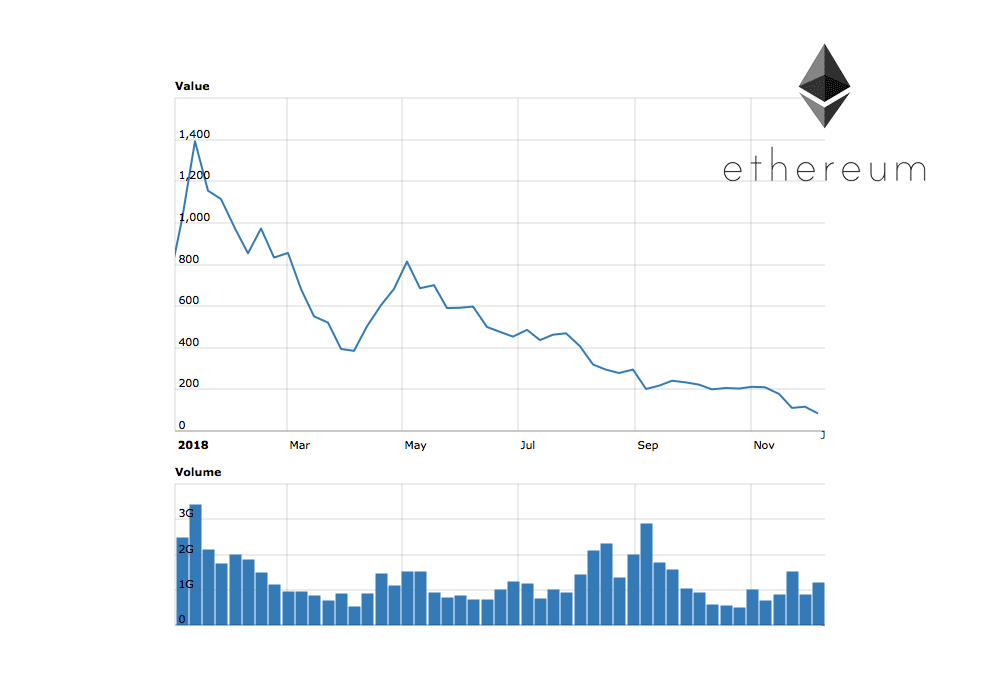
Ether prices. © Worldcoinindex.
Cryptocurrencies are undoubtedly an idea before its time, but their potential has yet to show its value. These past weeks have been brutal on the stock market and cryptocurrencies are slipping as well. Ethereum network’s currency, ether, fell below USD 100 for the first time since May 2017. Its value has dropped 93% from its peak in January just above $1,400. The bitcoin is similarly sagging. It is now trading at around $3,700, down 80% from its high of almost $20,000 last December.
Despite the billions spent on start-ups, no one has found a way to create blockchain-based applications that are widely used by the consumers. This does not mean that cryptocurrencies should be put out of circulation, but that it may still take time to catch on.
⇨ Ars Technica, “Ethereum falls below $100—down 93 percent from its January high.”
Palm Phone
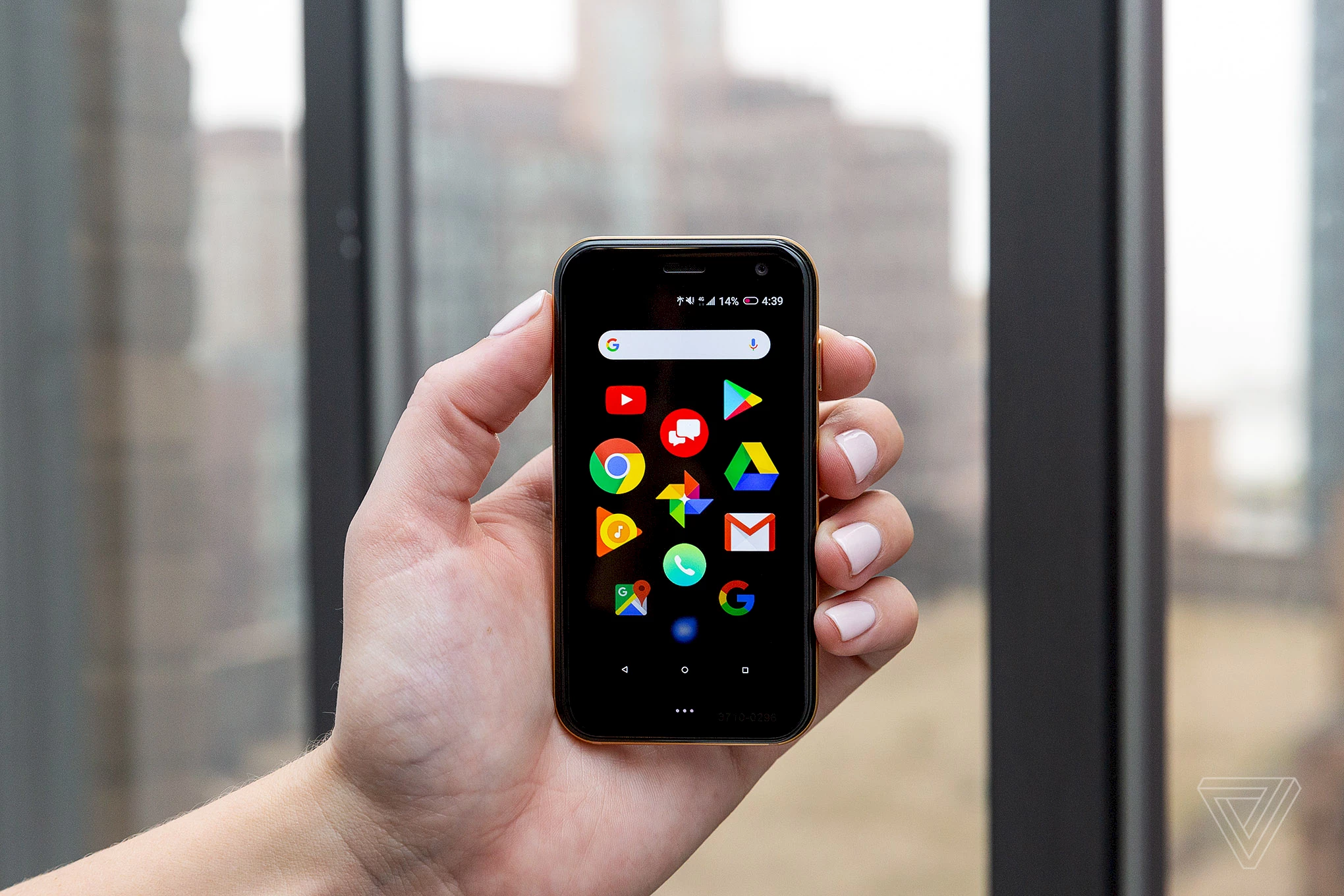
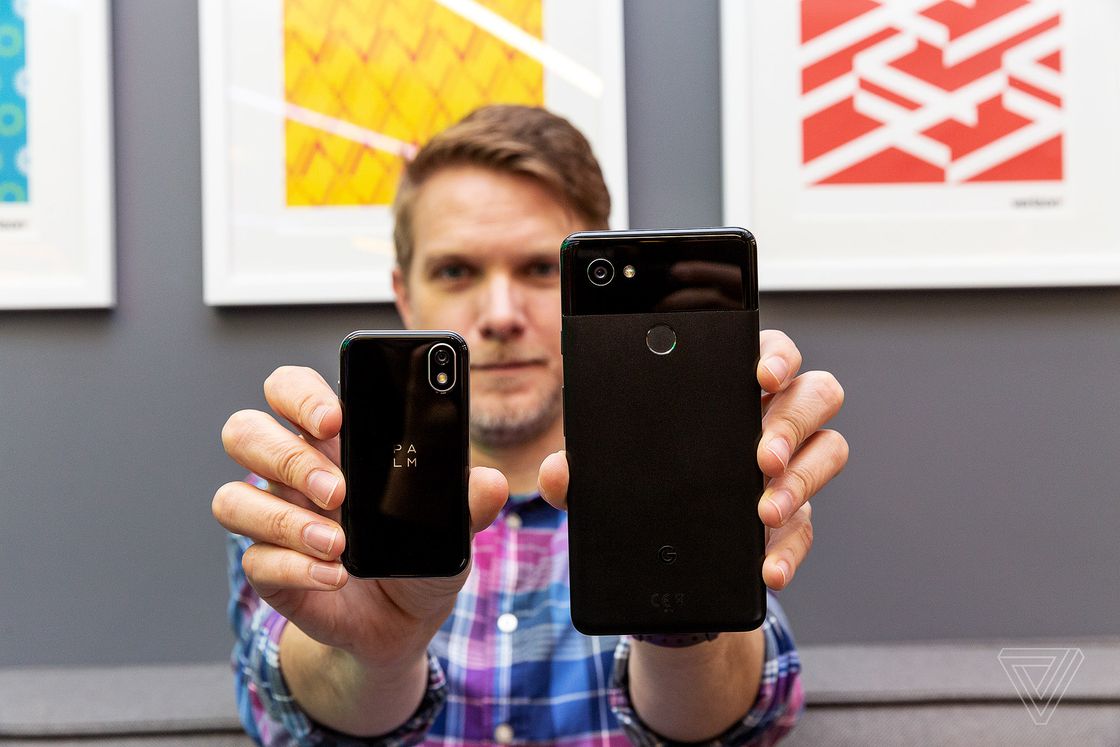
Palm Phone. © The Verge.
A startup in San Francisco purchased the rights for the Palm trademark from TCL last year to launch a mini Android phone named Palm Phone, which bears no relation to the old products associated with the brand that went under in 2010. The device is only available through Verizon as an add-on to a current phone, sharing the same number as the main phone. This gadget proves useful when you don’t want to haul a heavy, bulky phone--when you’re out playing sports, for example. Though it really is tiny (50 x 97 millimeters, and 7.4 mm thin), it runs a full version of Android 8.1 and all the apps from the Google Play Store. Obviously, it has a very small 3.3-inch LCD display. With a Snapdragon 435 processor paired to 3GB of RAM and 32GB of storage, the device’s performance is on the low end. It was never meant for intensive use. Early market tests seem to point to battery life issues. Reviews are mixed. The Verge finds it clever and entertaining, while Ars Technica calls it utterly sub-par.
⇨ The Verge, “The new Palm is a tiny phone to keep you away from your phone.”
⇨ Ars Technica, “Palm Phone Review: Fun, endearing, and bad at everything.”
